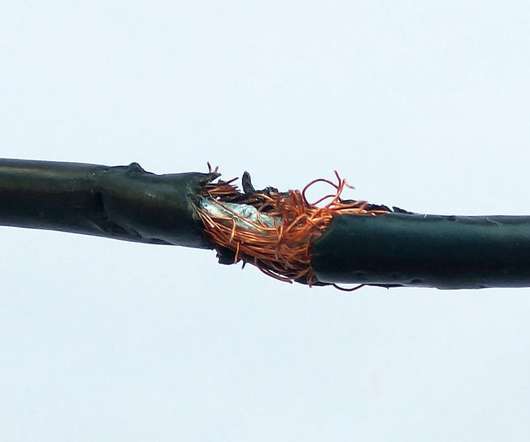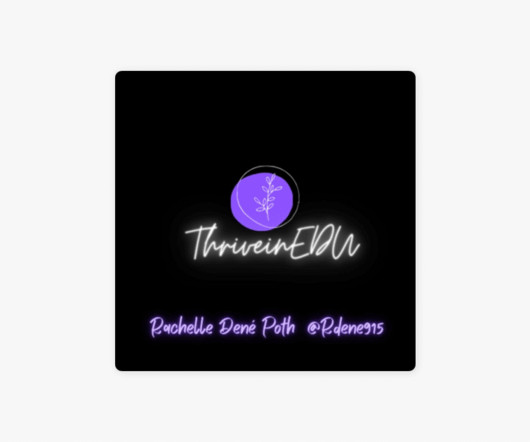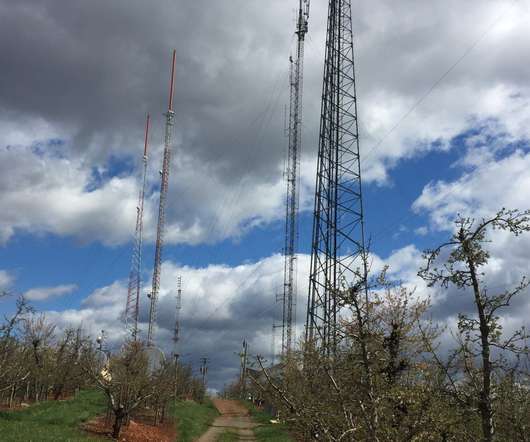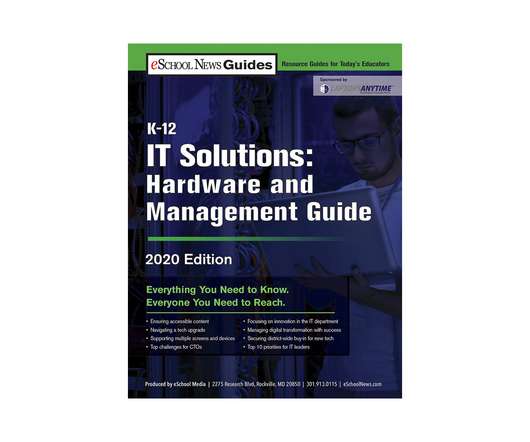Report reveals surprising data about mobile broadband usage in schools
eSchool News
MARCH 12, 2018
A recent Mobile Beacon report analyzing mobile broadband usage by non-profit organizations, including schools, finds that schools utilizing Mobile Beacon’s 4G LTE internet service indicate that the ability to supplement and/or extend existing school networks is the greatest benefit of the service.




































Let's personalize your content